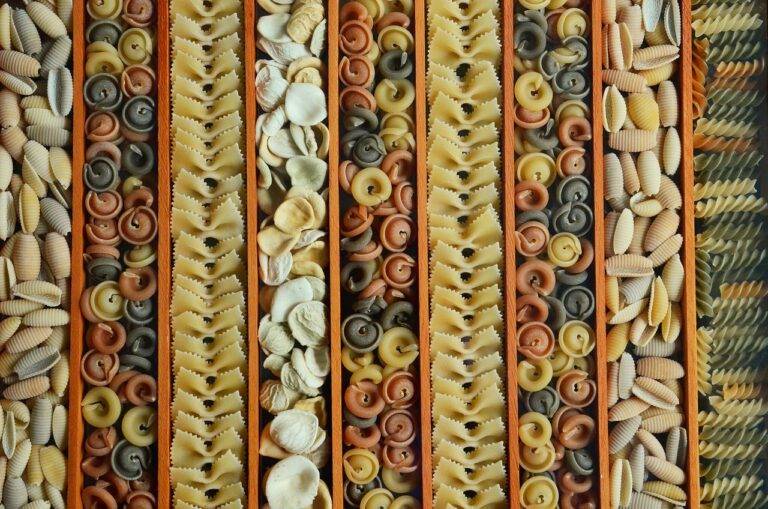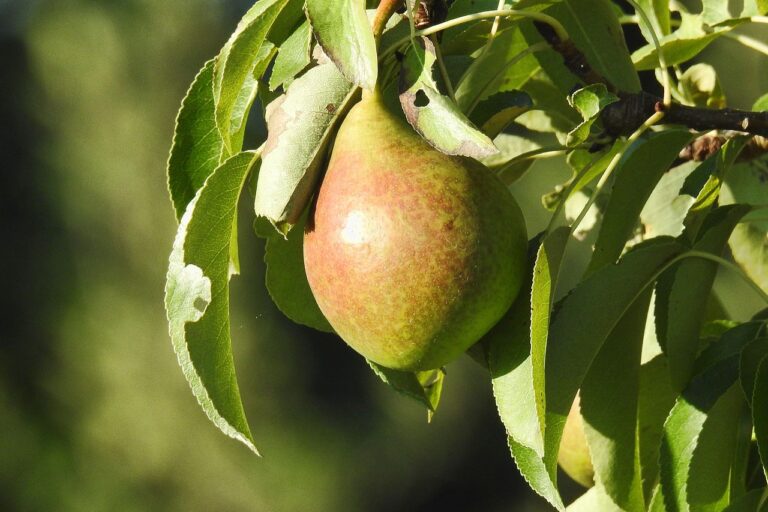The Science of Food Packaging: Innovations in Sustainable Materials
Food packaging plays a crucial role in preserving the quality and freshness of food products while also ensuring their safety for consumption. By enclosing food items in packaging materials, it helps in preventing contamination, spoilage, and potential damage during transportation and storage. Additionally, food packaging aids in extending the shelf life of products, reducing food wastage, and enhancing convenience for consumers.
Various types of food packaging materials are utilized in the industry, ranging from plastic and glass to paper and metal. These materials are selected based on factors such as the type of food being packaged, durability requirements, cost considerations, and environmental impact. With advancements in technology, sustainable and eco-friendly packaging options are increasingly being adopted by food manufacturers to minimize waste and promote ecological responsibility.
History of Food Packaging Materials
The history of food packaging materials dates back to ancient times when early civilizations used natural materials like leaves, animal skins, and gourds to store and transport food. These rudimentary forms of packaging provided basic protection from external elements and helped extend the shelf life of foods.
As societies progressed, various materials such as pottery, glass, and metal were utilized for food packaging. The invention of canning in the early 19th century revolutionized food preservation, making it easier to store perishable items for extended periods. With advancements in technology, modern food packaging materials like plastics, aluminum foils, and barrier films have become widely used to ensure food safety and quality.
Challenges in Conventional Packaging Materials
While conventional packaging materials have been extensively used in the food industry, they come with their own set of challenges. One major issue is the environmental impact of materials like plastic and Styrofoam, which contribute to pollution and waste accumulation. Despite recycling efforts, these materials often end up in landfills or oceans, causing harm to the ecosystem.
In addition to environmental concerns, conventional packaging materials also face challenges in terms of food safety. The use of certain materials can lead to chemical leaching into food products, posing risks to consumer health. Ensuring that packaging materials meet safety standards and regulations has become a prominent issue in the industry as awareness about potential health hazards continues to grow.
What is the main purpose of food packaging?
The main purpose of food packaging is to protect the food from contamination, spoilage, and physical damage, as well as to provide information to consumers.
What are some common conventional packaging materials used in the food industry?
Some common conventional packaging materials used in the food industry include plastics, glass, metal, and paper-based materials.
What are some challenges associated with conventional packaging materials?
Some challenges associated with conventional packaging materials include environmental concerns, limited recyclability, and potential health risks from chemicals leaching into the food.
How has the history of food packaging materials evolved over time?
The history of food packaging materials has evolved from natural materials like leaves and animal skins to modern synthetic materials like plastics, with a focus on improving shelf life, convenience, and sustainability.
Are there any alternatives to conventional packaging materials being developed?
Yes, there are ongoing efforts to develop alternative packaging materials such as biodegradable plastics, edible packaging, and compostable materials to address the challenges posed by conventional packaging materials.







